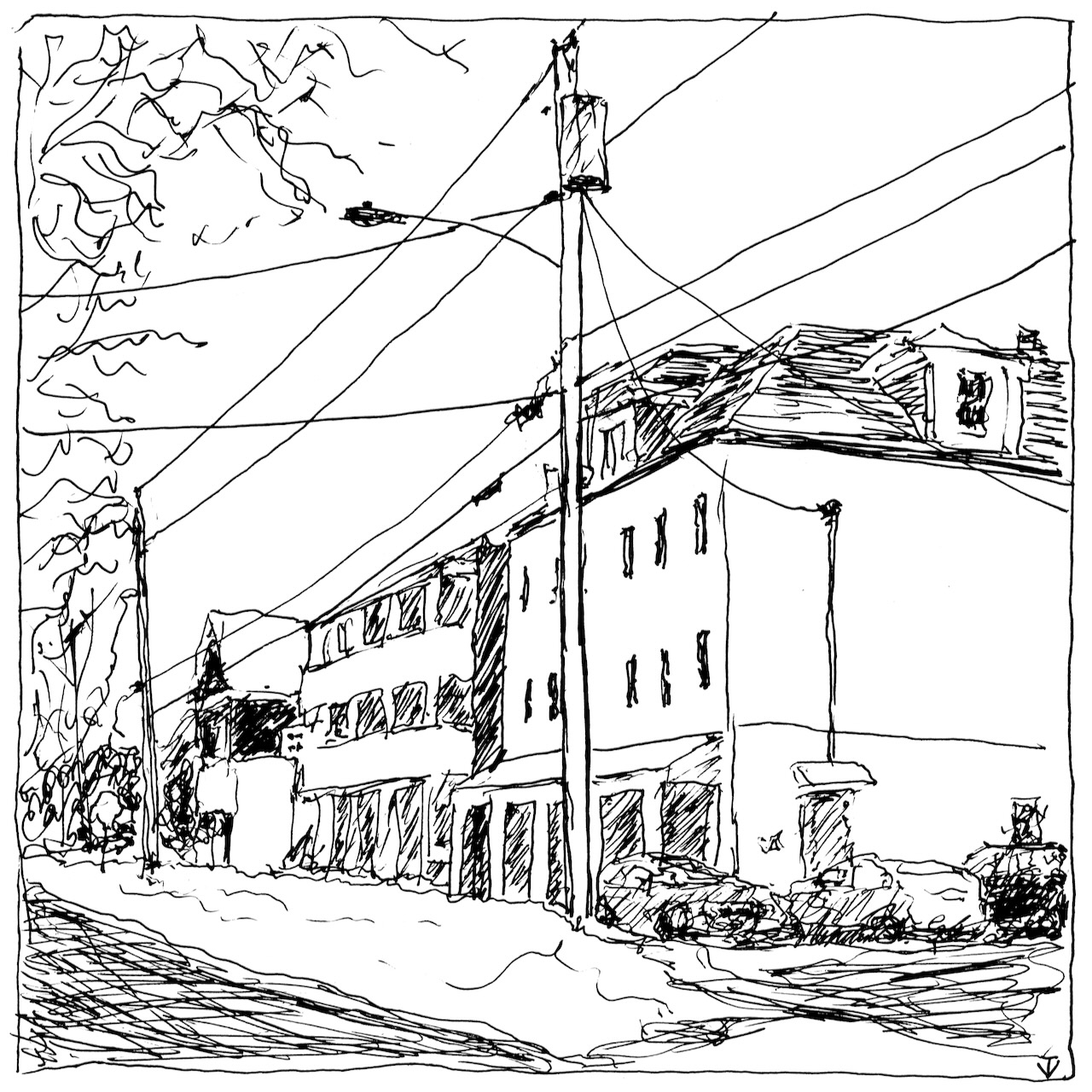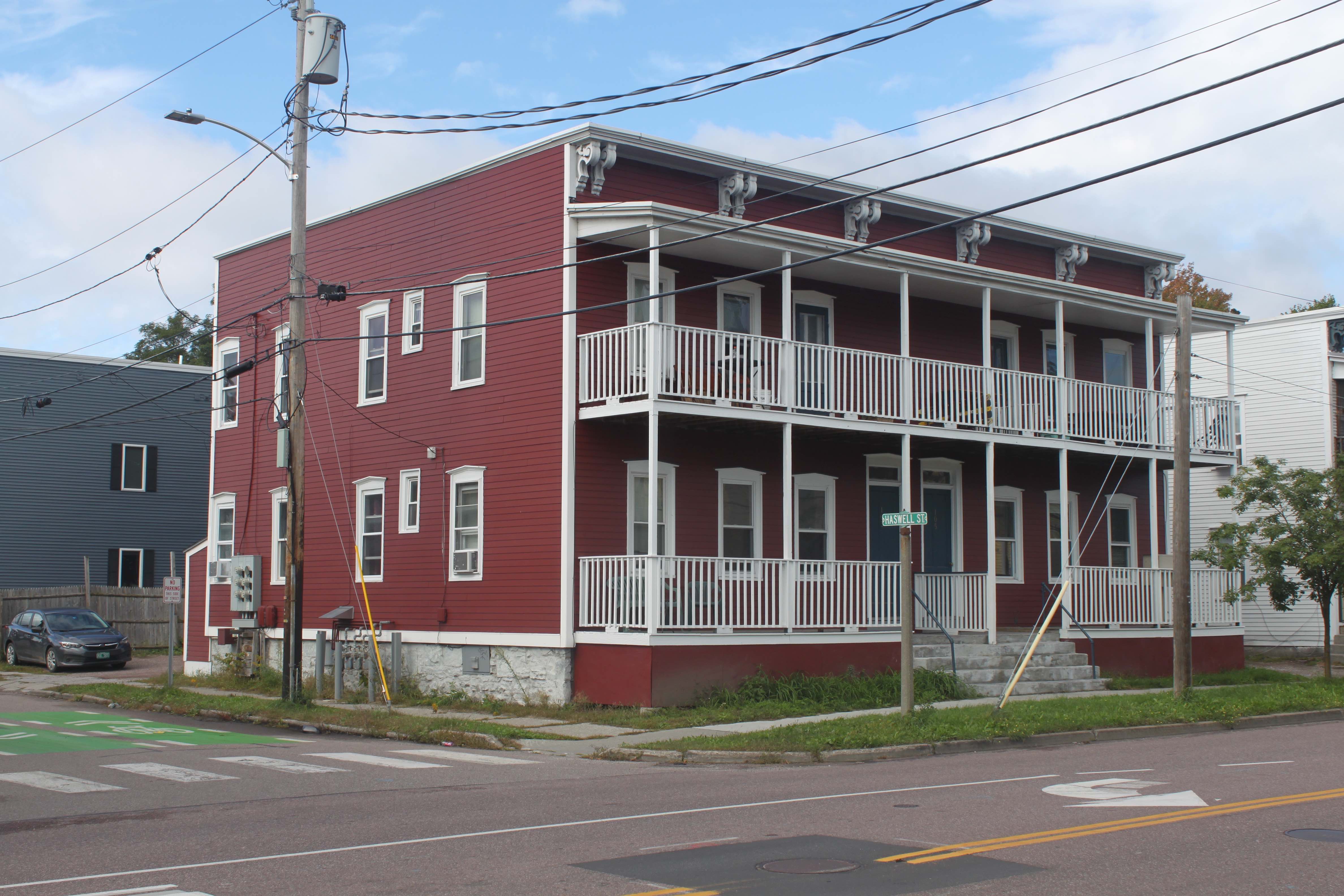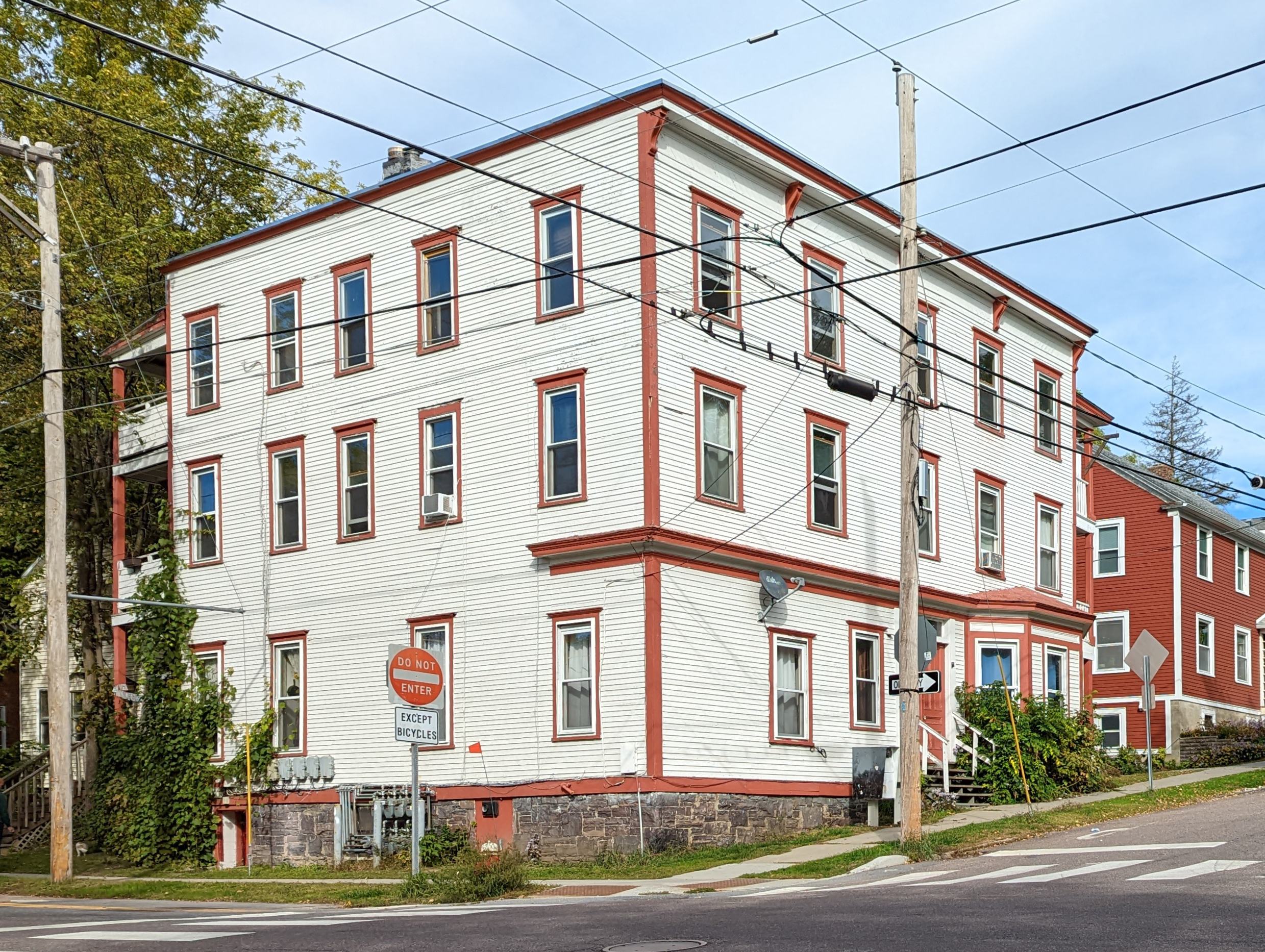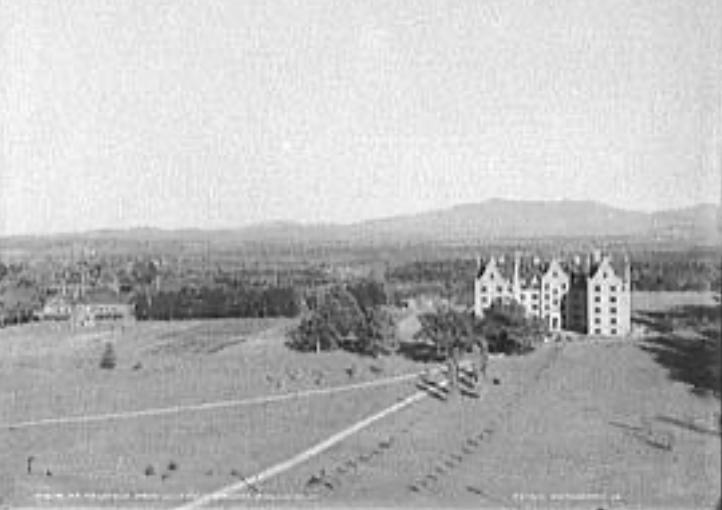 Recognizing that multi-unit residential structures have long provided housing in Burlington, Vermont and other American cities, this study examines a range of case study examples in various neighborhoods. Located on Lake Champlain near the mouth of the Winooski River, this place traditionally served as a home for indigenous Americans. Through the 1800s, its population increased as manufacturing enterprises were developed along the waterfront and at Winooski Falls, Burlington became Vermont's prime commercial hub and center for banking, trades, professional services and education, coinciding in part with the growth of the University of Vermont.
Recognizing that multi-unit residential structures have long provided housing in Burlington, Vermont and other American cities, this study examines a range of case study examples in various neighborhoods. Located on Lake Champlain near the mouth of the Winooski River, this place traditionally served as a home for indigenous Americans. Through the 1800s, its population increased as manufacturing enterprises were developed along the waterfront and at Winooski Falls, Burlington became Vermont's prime commercial hub and center for banking, trades, professional services and education, coinciding in part with the growth of the University of Vermont.
The city's housing needs were filled by the construction of small single family homes, apartments, duplexes, tenements, rooming houses and boarding houses, especially within walking distance of work and shopping. Many were built on small lots in the Old North End, in the South End and between downtown and the waterfront. Larger homes of wealthier residents were built in the Hill Section. But after the Second World War, as increased automobile mobility fostered dreams of the single family suburban homes, housing development in the Burlington area shifted towards sprawling subdivisions in the New North End and adjacent communities in Chittenden County. And as national and local public policy and social attitudes shifted away from high density housing, local zoning restrictions were imposed and calls for slum clearance led to the use of eminent domain to seize "sub-standard" properties for a large urban renewal project that destroyed many apartments, duplexes, tenements, rooming houses and boarding houses in downtown Burlington. Even in the 1990s, a controversial local ordinance was passed to limit housing density by restricting how many "unrelated persons" could share housing units.
Nevertheless, Burlington is fortunate that many historic tenements, apartment blocks, and other multi-unit residential structures have been preserved to provide what are sometimes now called "missing middle" housing opportunities. These are the focus of this edition of the Historic Burlington Project. The research for this project was done during the fall 2022 semester by students in the HP 206 Researching Historic Structures and Sites course taught by Professor Thomas Visser of the University of Vermont Historic Preservation Program and History Department. Students granted permission to share their following papers.
"Missing Middle" Housing in Burlington, Vermont
Old North End - West
By William Gansle

What exactly is the “Missing Middle?” Missing Middle is a term that is wholly unfamiliar to most people, but they are inherently familiar with what the “missing middle” is. “Missing Middle” denotes multi-family housing similar in scale to that of a single-family home. These buildings are often domestically scaled and do not reach the same large proportions as apartment complexes or other various subtypes of housing. They thus represent an intermediate option between the detached single-family home and the apartment building. Yet, in many municipalities around the country, these types of homes are banned from being built. The reason for this lies in restrictive zoning regulations, reinforced and compounded by systemic prejudices in the Post World War Two era. Link...
Old North End - Central
By Josie Talerman

The city of Burlington is the largest city in the most rural state, meaning not only are the buildings here many, but the types of buildings as well. From single family homes to mid/high rise, the greater Burlington area is home to many varying structures and styles. Burlington also has a large amount of what is referred to as “missing middle housing.” These types of dwellings are house-scale, similar to single family homes, but are multi-unit and located in largely walkable neighborhoods. This type of housing includes buildings like duplexes, townhouses, triple-deckers, and so on. An area of Burlington that is extremely representative of these types of housing is the Old North End neighborhood (ONE). Link...
South End Neighborhoods
By Zachary Salman

Much of the southern area of Burlington, Vermont was developed heavily during the decade preceding and two decades succeeding the turn of the 20th century. Along with a wealth of middle-class residential housing, small-scale commercial “corner store” structures provided goods and services within a convenient distance. Notably, the neighborhood is within walking distance of the industrial area of Pine Street, in addition to the University of Vermont and Champlain College. However, the car-dependent separation of residential neighborhoods and commercial districts after World War II has led many of the commercial spaces in neighborhoods to be converted to non-retail uses, especially residences. Link...
Winooski Falls, Colchester Avenue, and North Prospect Street
By Lucas Newton

Missing middle housing is omnipresent in Burlington, Vermont, and the northeast section of the city is no exception. While the economic and social forces behind the construction of this housing were normally distinct, the units are versatile in their ability to respond and adapt to changing social needs. This is a recurring theme in missing middle housing. Buildings are often designed for one purpose, but are reconsidered, modified, renovated, stripped apart, and generally manipulated to serve contemporary needs. In this area of Burlington, take for example, a building originally utilized as a shop and home that was later converted into an apartment complex, or a multi-home building converted into a college fraternity. At the turn of the twentieth century, the greatest catalyst for housing along and near Colchester Avenue was the drive of the mills at Winooski Falls. As the Winooski Falls cotton and woolen mills grew to become some of the most dominant employers in the area, the concurring need to house those workers became apparent. Moving westward along Colchester Avenue, the housing units gradually tell the story of the demand for student living and a downtown business boom. Link...
Campus Area Student Housing
By Mary Cate Mosher

Burlington, Vermont is nestled between Lake Champlain on the east and the Green Mountain on the west. It is the largest and most populated city in the state with nearly 45,000 residents living within the 10.3 square miles of the city limits. Although small the city is home to two major higher education institutions. Both the University of Vermont and Champlain College now occupy the majority of real estate on the historic Hill Section of the city. With a combined student body totaling nearly 15,000, the students comprise a third of the total population of the city. The University of Vermont can house about 5,800 of its students and the city of Burlington carries much of the responsibility of housing the remainder. Given the recent influxes of residents to Burlington and the growing size of both UVM and Champlain College, there is a subsequent and ever-growing disparity between the population numbers and the available housing. Link...